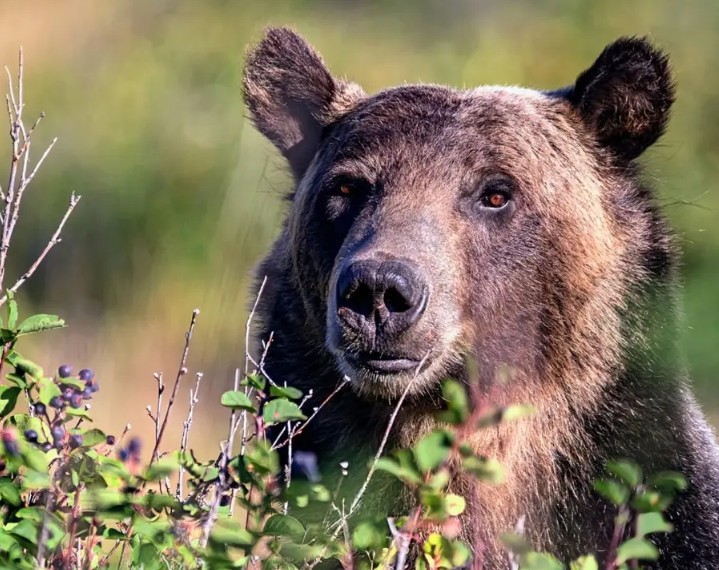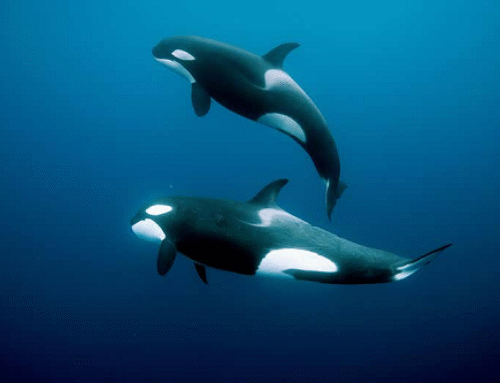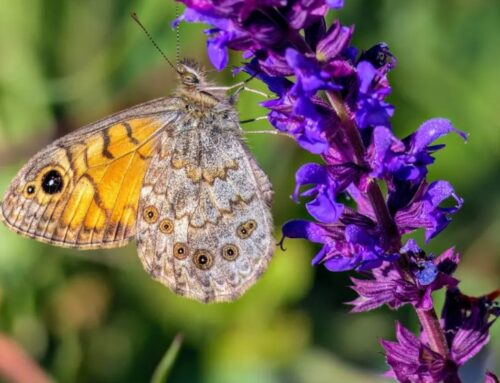 |
|
(Pixabay)
|
Full Story: Earth (12/16)

Grizzly bears help huckleberries thrive in a changing climate
Who knew that there’s a significant bond between grizzly bears and huckleberries? Their interaction transcends the simple paradigm of consumption, offering a deep dive into the realm of plant ecology.
In a recent study led by scientists from the University of British Columbia’s Vancouver and Okanagan campuses, an eye-opening revelation was made about grizzly bears.
Grizzly bears feasting on huckleberries
The study was focused on the behavior of grizzly bears in the Canadian Rocky Mountains during the summer season. The researchers found that while these bears enjoy a feast of huckleberries, they are doing more for the development of these plants than just eating.
“Bears don’t just eat huckleberries – they help them grow in new places,” noted Aza Fynley Kuijt, the study’s lead researcher from UBC’s Faculty of Forestry.
“Our findings show that this mutual relationship is crucial for both species, especially as climate change shifts suitable habitats for huckleberries.”
Bears as long-distance seed dispersers
At the heart of the study, an aspect of plant ecology known as endozoochory was examined.
Simply put, endozoochory is the process where animals eat fruits containing seeds and later disperse those seeds over large areas through their droppings. In the case of grizzly bears and huckleberries, the researchers found this process to be highly beneficial.
When bears eat huckleberries, the seeds travel through their digestive system and are deposited far from the original plant. This not only spreads the seeds to new areas but also improves their chances of germination, helping the huckleberries grow in fresh and potentially better-suited habitats.




